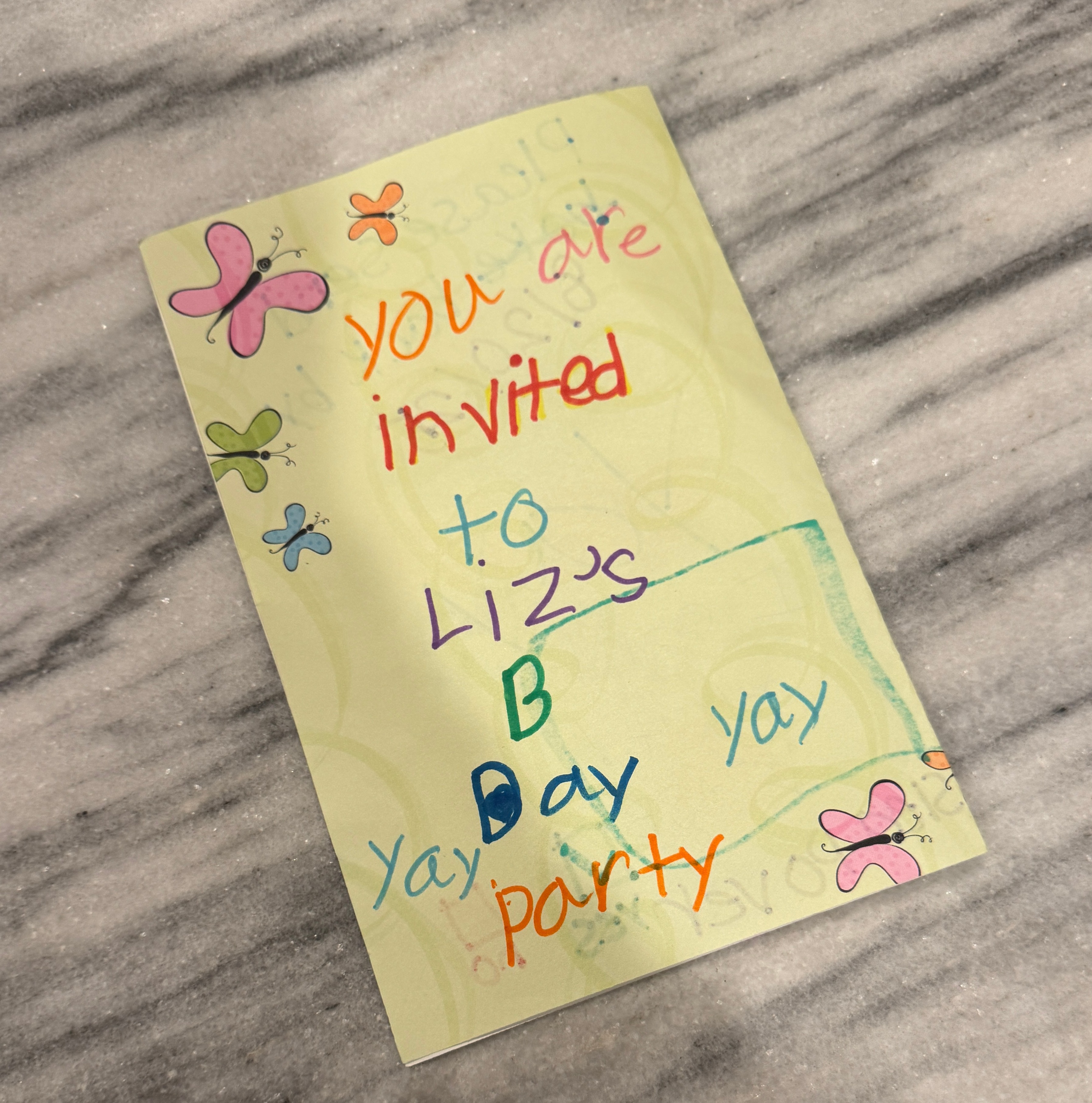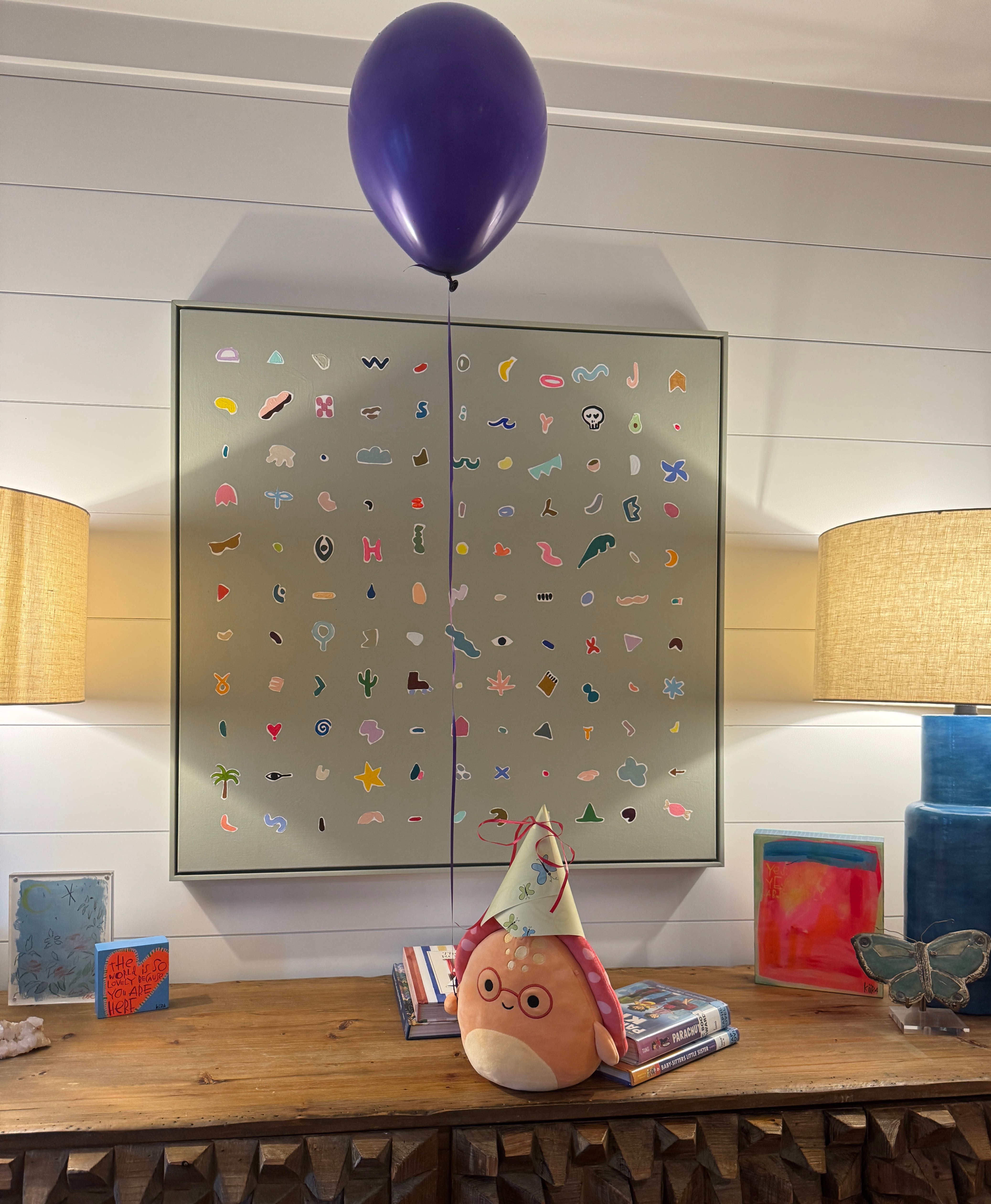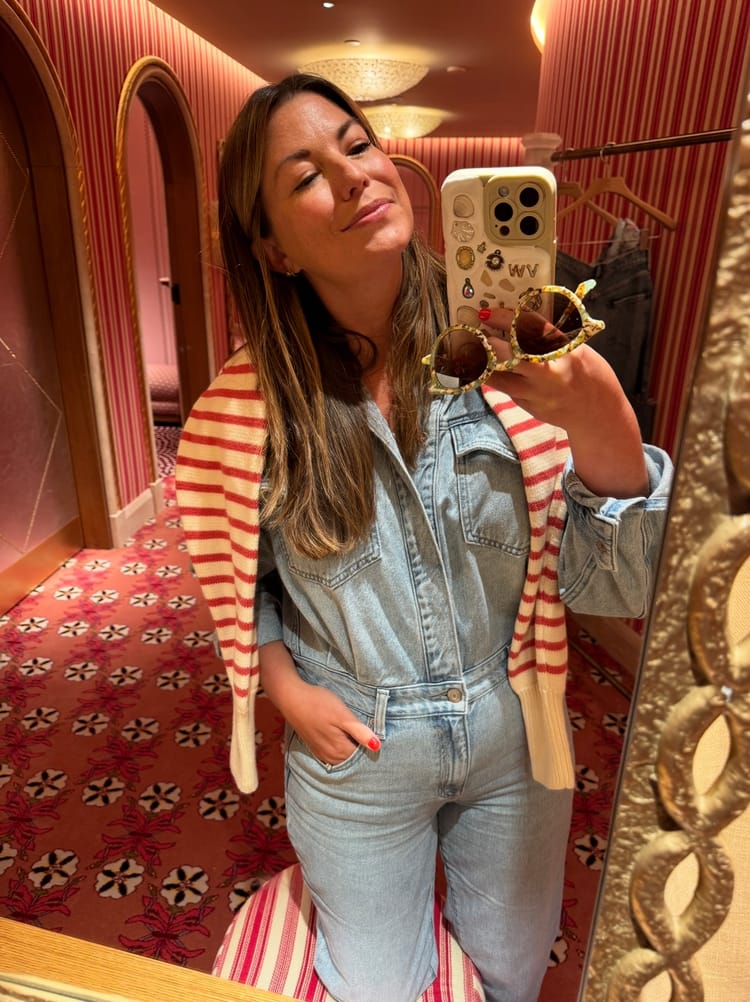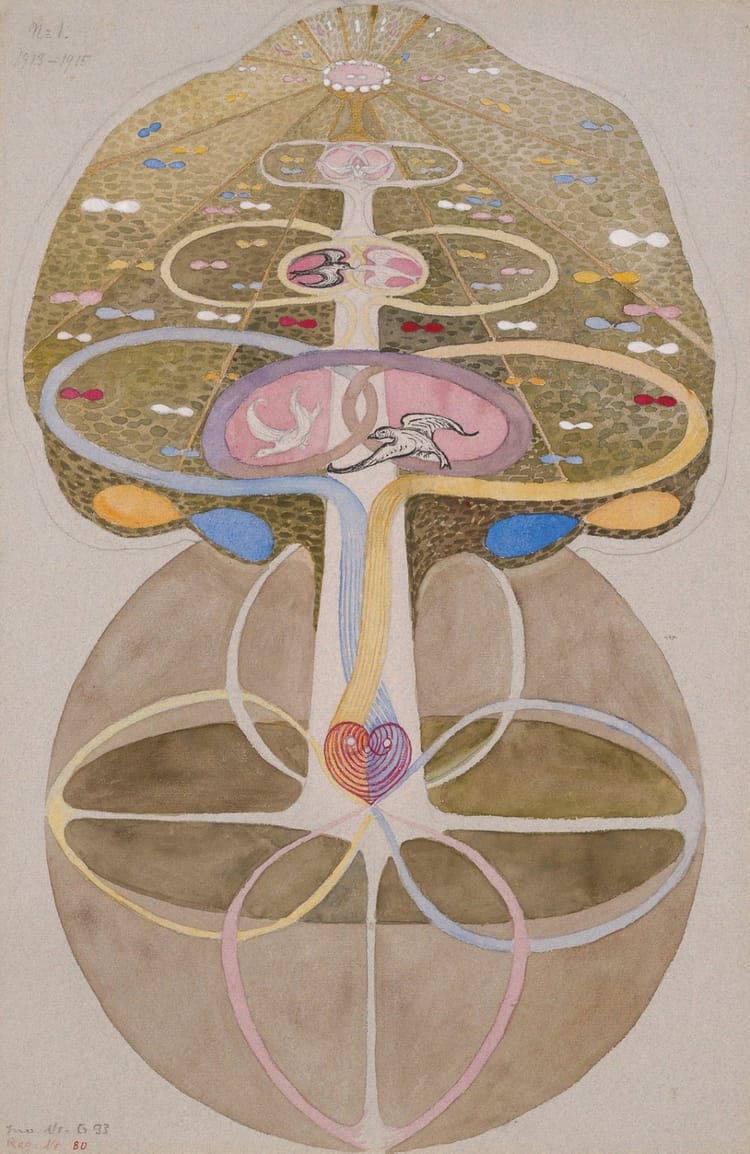A case for lo-fi fun.
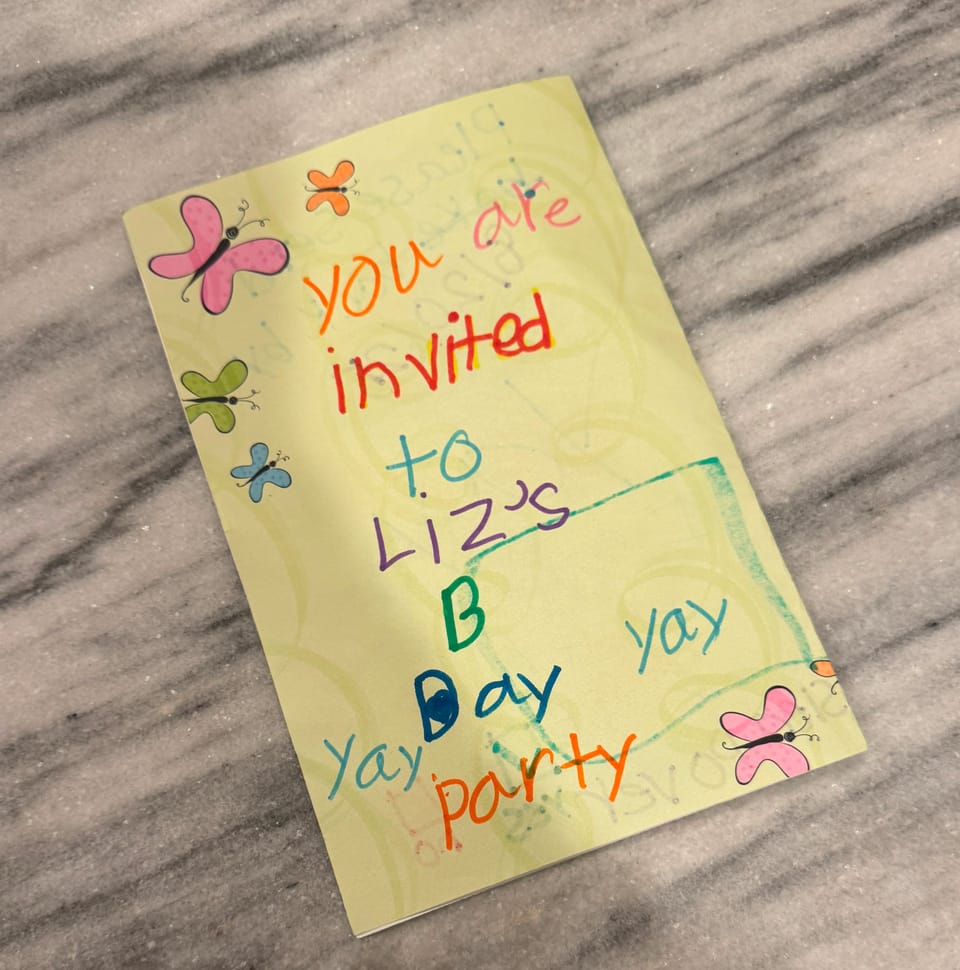
This letter is coming to you from a quiet house in the wake of a very unquiet evening. Yesterday, my newly minted 8 year old celebrated her birthday with a sleepover with 4 girlfriends. I mainly just stayed on the back porch while they took over the house with their imaginations and stupefying amounts of energy. My counterpart of the evening was a book I picked back up recently regarding the importance of imagination entitled “From What is to What if.” I appreciate the author’s somewhat ease to the challenging subject matter of what is happening to our (humans of all ages) creativity leaves me feeling inspired vs overwhelmed. Regardless of your feelings on the climates of all sorts in the world- literal, political, economic, etc, I think it is safe to say that there is no one who isn’t feeling the rapid change of “what is.”
I find it fascinating to be living in a time where mind boggling technological advancements are being broadcast daily for anyone with an internet account to follow along with. No longer do we wait for press conferences or PR pushes like with the smartphone launches marked by demos, fanfare and awaiting when you could have access to the foreshadowed magic. In the contrast, the tech CEOs of modern day announce not only what they are working on daily via twitter but it’s typically also accessible at the time of or very close to said tweet. It’s all so dizzyingly fast if you are watching and yet still swiftly, albeit sub-perceptually, weaving into our day to day if you aren’t.
When the Anxious Generation came out a few years back, I chose to not read it despite so many other mothers churning out their takeaways on my social media feeds. The reason I didn’t buy a copy wasn’t because I didn’t believe it’s validity- it’s because with two lower elementary school kids I knew it what was outlined in the book would be a mere seed of what my children would have to face in early teen-dom.
That truth is starting to surface now: A simple view of the acquisitions made by Meta over the past few years tell you their priorities. This jarring investigation by Reuters that uncovered training documents on acceptable responses for Meta’s AI chatbot to respond when a children that I will let you read for yourself if interested. And there are less alarmist on the surface pieces of internal information like this one where, in a competition with 262 other research teams, Meta AI won decisively at predicting brain activity when people watch videos. The long story short is: in the field of understanding the human brain and things like attention, engagement patterns, and reward responses, the company that stands to profit most from that knowledge is winning, not the academic researchers trying to understand brains to improve human wellbeing. It’s hard to comprehend how social media could get more addictive, but with these insights and the billions that Meta is spending on AI and neural research, it's not a matter of if but when. It was one thing when we were guarding our kids against other humans online and yet something else entirely when we are thinking about guarding them against synthetic consciousness aimed at getting them to believe they are humans.
I always stress to my children that if someone tells you who they are, it’s up to you to believe them and yet it’s not always easy to follow your own rules. So why would I keep engaging with a company that I know is trying to rewire my brain? I can’t use the excuse of all prior generations of “if only we would have known.” But what do we do with this said information about a company that is so embedded into day to day life and commerce? I pose this rhetorical question in hopes someone wiser than I can answer. And soon.
Until then, I stick to practicing the advice of one of most treasured teachers, Father Richard Rohr, “the best criticism of the bad is the practice of the better.” Which brings us back to the lo-fi party of last night. Unlike the team at Meta, I am not the recipient of the 2025 Algonaut Brain Encoding Challenge but I am armed with a knowledge that has lasted the test of time: monkey see, monkey do. I have been trying in my own way to find little moments of reprieve from the high stimulation world in which we live not only just to help my own nervous system and imagination, but also to model that to my children. Instead of sending paperless post invitations, my daughter designed her own and hand delivered them to her friends homes. There was no agenda for the party- just to let imagination shine and for me to stay out of the line of creativity as best possible. The kids made their own dinners, picked their activities, and, unfortunately, their own bedtime. Now reader please don’t imagine this as some sort of aesthetic return to childhood of lore, it was messy, uncoordinated, and chaotic. Not an instaworthy picture was snapped. But, as everyone trudged begrudgingly home this morning still with somehow a large tank of aforementioned energy, it was declared a success.
Right now I am taking these little wins day by day. Phone free walks and bike rides as often as possible. Lazy mornings at the beach. I know that the real challenge hasn’t come to my door yet on what my stance on my kids access to tech is but I do hope that myself modeling that you can make a whole lot of fun without technology is creating neural connections between fun and internal creativity that lasts as long as it can.
